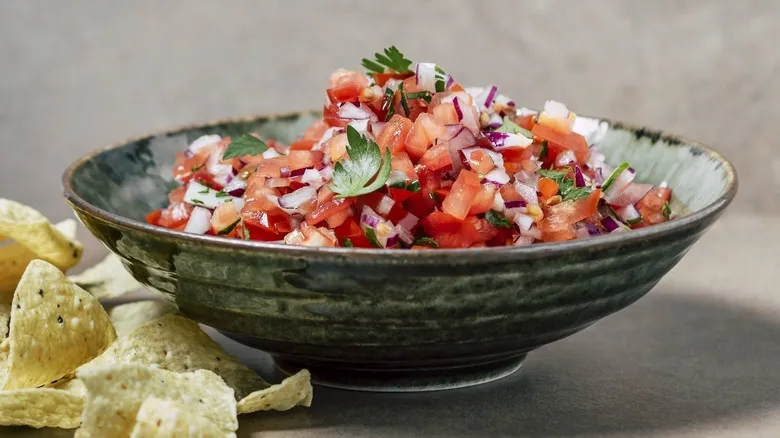Why fresh salsa doesn't stay fresh for long
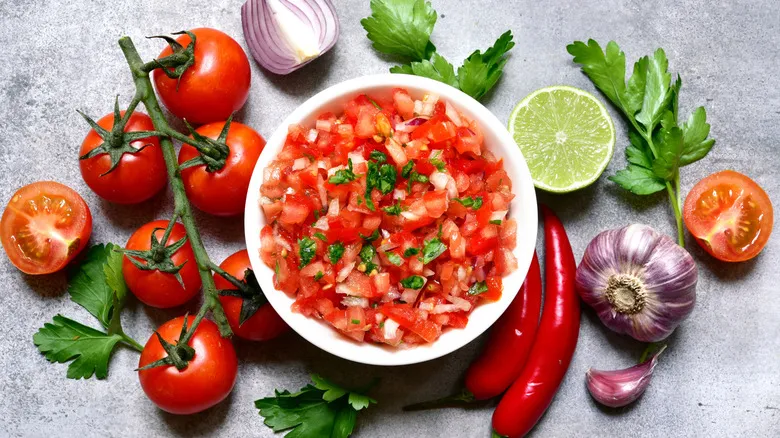
The vibrant, succulent tomatoes that form the base of a fresh salsa also contribute to its quick decline. Maintaining their peak ripeness is challenging enough, even when stored at room temperature as recommended. Once you start chopping them, they deteriorate even more rapidly. Even if you remove the seeds, which is ideal for salsa (and bloody marys), they will still lose moisture over time, making your salsa more watery than desired. Hardier ingredients like onions and jalapeños tend to hold up better, and salt and lime juice act as natural preservatives, but cilantro's delicate leaves will begin to wilt almost immediately upon mixing.
Cooked salsa, such as a salsa verde made from blended roasted tomatillos, onions, chilis, salt, and cilantro into a smooth, green mixture, doesn't last much longer than fresh salsa. However, it does hold up slightly better in the fridge for about a week. Since its texture is already broken down and the incidental preservatives are blended together, it is less susceptible to spoilage. It also freezes more effectively for the same reason: there is less solid material for ice crystals to damage. So, if you're looking for a salsa that will last, this might be the perfect time to opt for a store-bought version. Jarred salsa can remain good for up to a month when refrigerated after opening.
Recommended
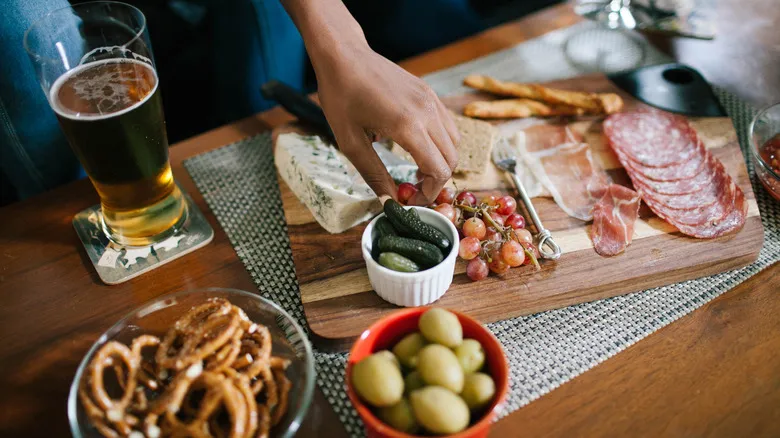
4 Expert-Approved Tips For Building Better Charcuterie Boards
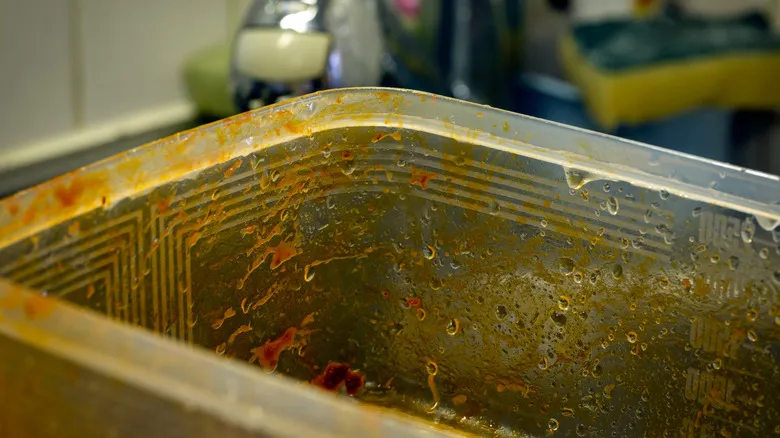
Does Tomato Sauce Permanently Stain Plastic Containers?
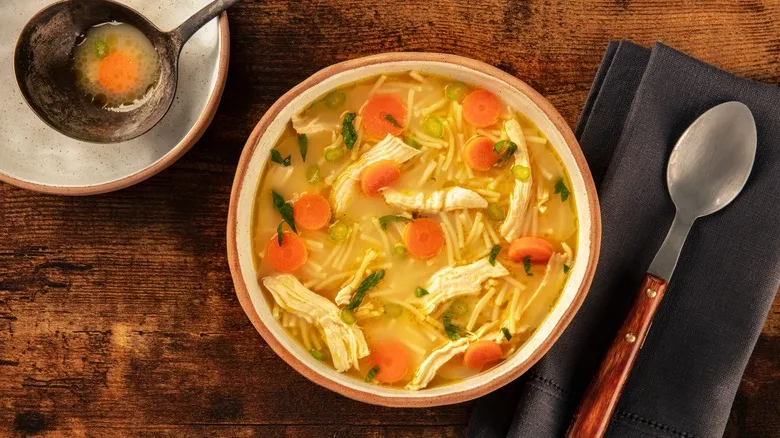
Give Chicken Noodle Soup More Depth With One Simple Addition
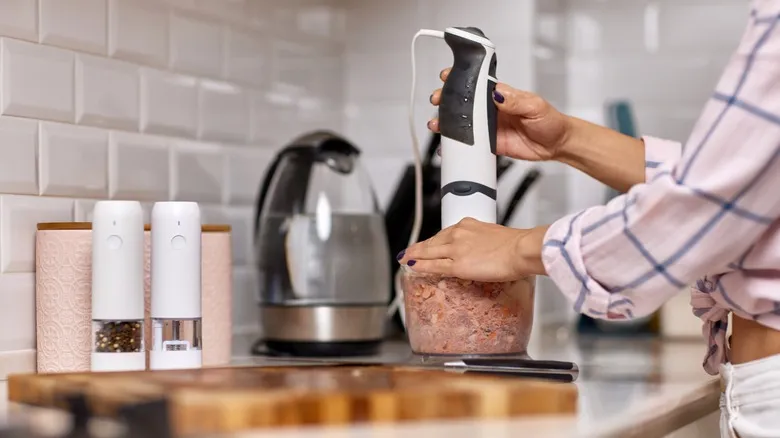
The Best Solution For Tough, Chewy Roasts Is A Surprisingly Easy Fix
Next up

